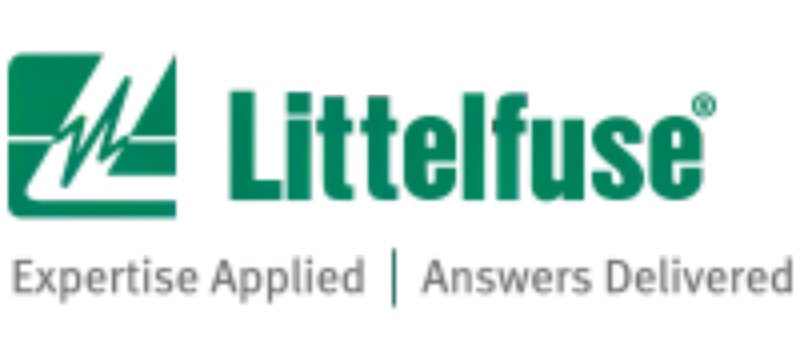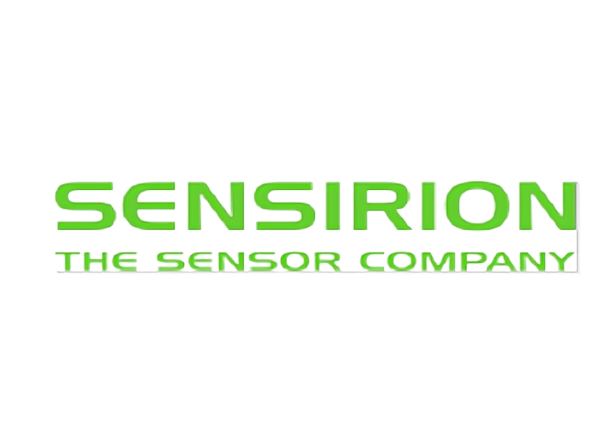EPM240M100C5N
Manufacturer: Intel
The INTEL-EPM240M100C5N is a programmable logic device (PLD) from Intel Corporation, which is now a part of Altera. It belongs to the MAX II series of CPLDs (complex programmable logic devices) and is designed for use in low-power and cost-sensitive applications.
Here are some of the key product parameters of INTEL-EPM240M100C5N:
Family: MAX II
Device type: CPLD
Logic elements: 240
Macrocells: 96
User I/Os: 76
Operating voltage: 1.8V to 3.3V
Operating temperature: -40°C to +85°C
Package: 100-pin TQFP
The INTEL-EPM240M100C5N supports both user and JTAG programming modes, which allows for easy and flexible programming of the device. It also features advanced power-saving modes and robust ESD protection, making it a reliable and energy-efficient solution for a variety of applications.
Overall, the INTEL-EPM240M100C5N is a versatile and cost-effective CPLD solution that can be used in a wide range of industrial, automotive, and consumer applications, such as motor control, power management, and communication interfaces.
Stock:8000
Minimum Order:1
The INTEL-EPM240M100C5N is a programmable logic device (PLD) from Intel Corporation, which is now a part of Altera. It belongs to the MAX II series of CPLDs (complex programmable logic devices) and is designed for use in low-power and cost-sensitive applications.
Here are some of the key product parameters of INTEL-EPM240M100C5N:
Family: MAX II
Device type: CPLD
Logic elements: 240
Macrocells: 96
User I/Os: 76
Operating voltage: 1.8V to 3.3V
Operating temperature: -40°C to +85°C
Package: 100-pin TQFP
The INTEL-EPM240M100C5N supports both user and JTAG programming modes, which allows for easy and flexible programming of the device. It also features advanced power-saving modes and robust ESD protection, making it a reliable and energy-efficient solution for a variety of applications.
Overall, the INTEL-EPM240M100C5N is a versatile and cost-effective CPLD solution that can be used in a wide range of industrial, automotive, and consumer applications, such as motor control, power management, and communication interfaces.




















